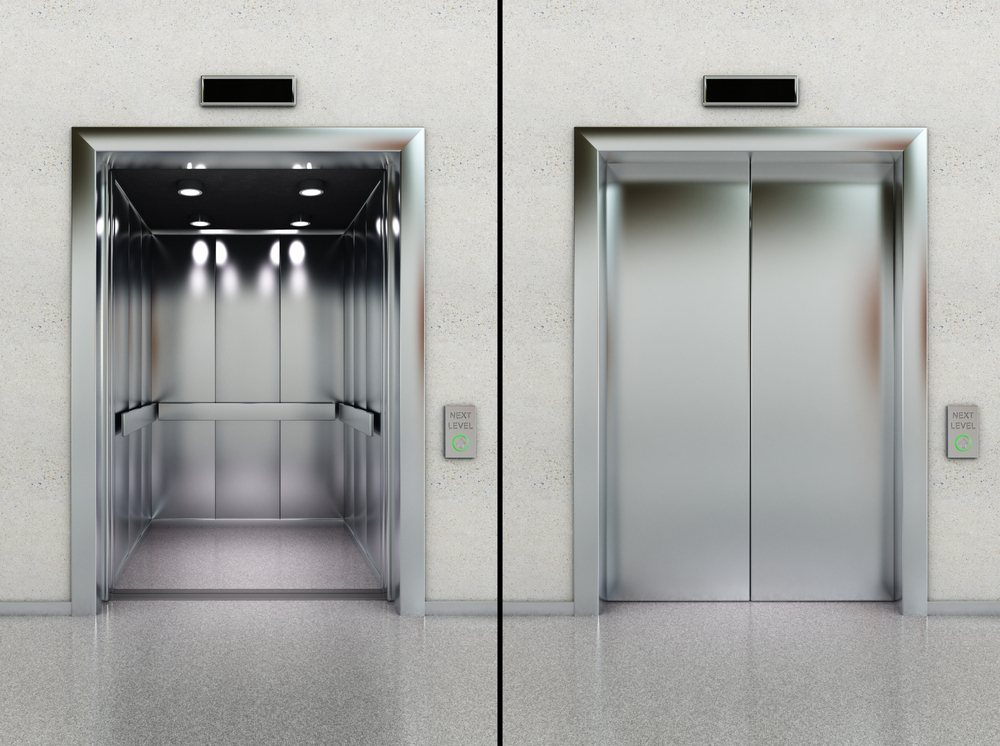Discover the very best Disabled Platform Lifts Prices UK for Residential and Commercial Usage
Discover the very best Disabled Platform Lifts Prices UK for Residential and Commercial Usage
Blog Article
Delving Into the World of Lifts: Usual Issues Encountered by Various Lift Mechanisms
As we browse with the vertical transport systems of modern buildings, elevators stand out as an essential part of our daily lives. From hydraulic elevators to traction systems and machine-room-less designs, each lift type comes with its collection of usual problems.
Hydraulic Elevators
Hydraulic elevators, typically liked for low-rise buildings, utilize fluid pressure to manage the motion of the elevator cars and truck (lift repair companies). This mechanism involves a hydraulic pump pushing oil right into a cylinder, triggering the elevator to relocate the desired direction. While hydraulic lifts are recognized for their smooth and quiet operation, they do come with their very own collection of usual problems
One common trouble with hydraulic lifts is oil leakage. The seals in the hydraulic system can wear in time, causing oil seepage. This not only creates a mess yet can also affect the elevator's efficiency if left unaddressed. In addition, concerns with the control system, such as defective valves or a malfunctioning pump, can create disturbances in the lift's activity.
Regular upkeep and timely fixings are important to make sure the smooth performance of hydraulic elevators. By resolving these common problems proactively, building proprietors can minimize downtime and make sure the safety and performance of their vertical transport system.
Traction Lifts
When considering upright transport systems in buildings, an additional usual kind besides hydraulic lifts is the traction lift. Traction lifts run using a system of ropes and counterweights that move the lift automobile by grasping onto the hoist ropes. This device allows for smoother and faster upright transport compared to hydraulic systems.
One of the common problems encountered by grip lifts is rope wear. The consistent movement of the ropes within the traction system can result in deterioration with time, potentially causing the elevator to breakdown or come to be risky for use. Regular examinations and upkeep of the ropes are vital to make sure the lift's correct functioning and security.
An additional issue that traction elevators might experience is connected to the control system. Problems with the control system can cause issues such as unpredictable activity, hold-ups in feedback times, or perhaps complete closures. Regular testing and upkeep of the control system are essential to stop such concerns and ensure the lift's reliability.
Machine-Room-Less (MRL) Lifts

Among the key parts of MRL elevators is the portable gearless traction machine that is set up within the hoistway. This maker efficiently Get More Info drives the elevator auto without the requirement for bulky tools found in conventional traction lifts. Additionally, MRL lifts typically use a weight system to balance the car, more improving their energy effectiveness.
In spite of their advantages, MRL elevators may face obstacles associated with upkeep and repair work due to the confined space for equipment installation. Ease of access for servicing components within the shaft can be restricted, requiring specialized training for specialists. Proper maintenance schedules and normal evaluations are essential to make certain the continued smooth operation of MRL elevators.
Overloading and Weight Restriction Issues
Overloading and weight restriction concerns are critical issues in elevator procedures. Elevator suppliers style raises with particular weight capacities to guarantee guest safety and security and devices longevity.
When lifts are strained, it puts too much stress on the electric motor, cords, and various other elements, potentially creating breakdowns or malfunctions. Safety and security devices such as sensing units and overload sensing units remain in place to avoid internet elevators from relocating if they spot excess weight. In addition, going beyond weight limitations can lead to enhanced energy intake and wear and tear on the elevator system.
To alleviate overloading problems, constructing supervisors ought to plainly show weight limitations in elevators and inform occupants on the relevance of adhering to these constraints - lift repair companies. Regular maintenance checks by certified service technicians can also help make certain that elevators are running within safe weight criteria. By resolving overloading and weight limit problems proactively, structure owners can improve lift safety and security and performance
Electrical System Failings
Going beyond weight restrictions in elevators can not just lead to mechanical problems however also potentially add to electrical system failings within the lift facilities. Electrical system failures are a vital issue in elevator operation, as they can cause unanticipated closures, malfunctions, and even security risks. One typical electrical problem is the overheating of components due to excessive existing circulation triggered by straining the elevator past its capability. This can cause harm to the motor, control, or electrical wiring systems, leading to pricey repair services and downtime.
In addition, power surges or fluctuations in the electrical supply can also interfere with the elevator's procedure, influencing its efficiency and safety and security. These electrical disturbances can damage delicate elevator components such as control board, circuit boards, or sensors, causing system failures. Normal upkeep and inspections are critical to recognize and address potential electrical issues immediately, ensuring the efficient and safe procedure of lift systems. By sticking to weight restrictions and conducting pop over to this web-site regular electrical system checks, building proprietors can minimize the threat of electric failings in lifts.
Verdict

Hydraulic elevators, typically liked for low-rise buildings, use fluid stress to control the motion of the lift cars and truck.When considering vertical transportation systems in structures, an additional usual kind aside from hydraulic elevators is the grip lift. Grip lifts run making use of a system of ropes and counterweights that relocate the elevator auto by gripping onto the hoist ropes. Unlike conventional lifts that require a separate device room to house the devices, MRL elevators incorporate many of the components within the shaft, removing the requirement for a committed maker space.In conclusion, elevators face usual problems such as hydraulic breakdowns, grip system failings, and electrical system troubles.
Report this page